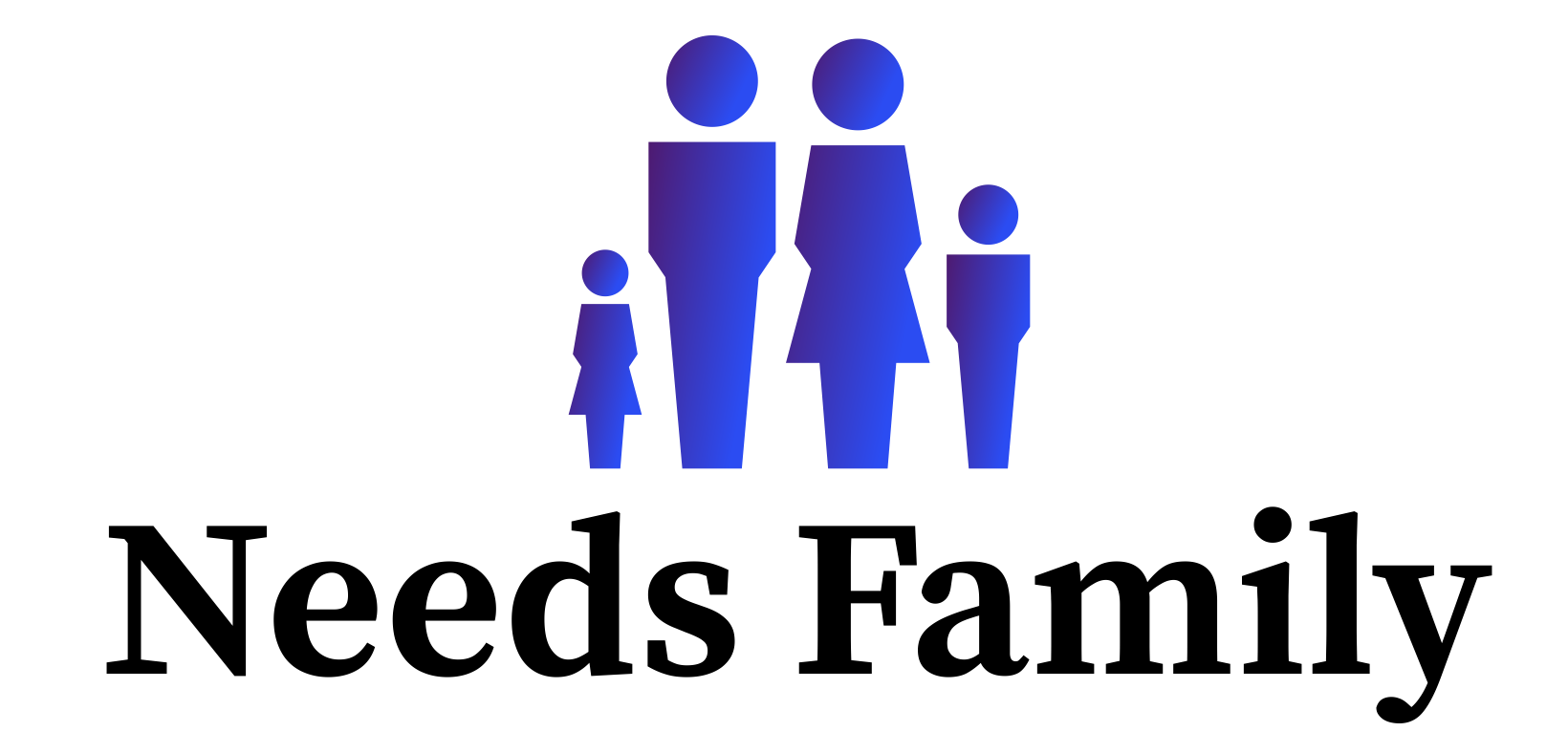Have you ever seen someone suddenly unable to speak, or one side of their face droop, or their arm go limp—and not known what was happening? It might have been a stroke. And while this topic may sound heavy, understanding it doesn’t require a medical degree.
Let’s explore what a stroke is, in the most human, simplest terms—because one day, this knowledge might save someone’s life. Maybe even yours.
The Body’s GPS System Suddenly Loses Signal
Imagine your brain as a beautiful, complex city, lit up by millions of lights. Every light represents a message being sent: “Move your arm,” “Remember that face,” “Say that word.” Blood is the delivery truck that carries oxygen and nutrients to keep those lights shining.
Now picture this: What if the road suddenly gets blocked? Or worse, a delivery truck crashes and causes damage? That’s what happens during a stroke.
A stroke occurs when blood flow to a part of the brain stops, either because of a blockage (like a clot) or bleeding (like a burst pipe). Without that vital blood, the brain cells begin to die—just like lights fading out in a city during a blackout.
There are two main types:
-
Ischemic Stroke (the road is blocked)
-
Hemorrhagic Stroke (the pipe bursts and floods the area)
Both are dangerous. Both need immediate attention.
Signs to Watch: Time Is Brain
Here’s the thing: Every second counts during a stroke. The faster you act, the higher the chance of recovery. That’s why learning the signs is crucial.
Use this simple acronym: FAST
-
Face drooping
-
Arm weakness
-
Speech difficulty
-
Time to call emergency services
Does someone’s smile look uneven? Can they lift both arms? Do they sound slurred when they speak? These are not just odd moments. These are alarm bells.
Sometimes, strokes are silent and subtle—a sudden confusion, dizziness, or vision trouble. But never ignore those signs. If something feels off, get help right away.
Just like in Tere Liye’s stories, a small act today—dialing the number, trusting your instincts—can change the ending of someone’s life story tomorrow.
Recovery Is a Journey—And It Begins with a Decision
After a stroke, life shifts. Maybe speech becomes a daily challenge. Perhaps walking takes effort. But with support, therapy, and time, many stroke survivors regain function.
That’s why early treatment matters so much. If you or your loved one is at risk—maybe due to high blood pressure, diabetes, or smoking—now is the time to act. Not tomorrow. Not next week. But now.
Book a medical check-up. Talk to a doctor. Or if you’re supporting someone recovering, consider professional home care services or stroke recovery therapy providers. These aren’t luxuries. These are bridges to a better life.
👉 Looking for trusted rehabilitation or care support? Choose services that understand the emotional and physical complexity of stroke recovery. Because this is not just about healing the body—it’s about rebuilding hope.
Let This Be More Than Just Knowledge—Let It Spark Action
Knowing what a stroke is doesn’t just make you informed. It makes you capable of protecting your future and the people you love.
So, what’s the next step?
-
Share this information with someone today.
-
Check your own risk factors.
-
If you’re already on the road to recovery, get professional support that’s tailored to your needs.
When you choose a service—whether it’s in-home care, a physical therapist, or even an online consultation—you’re not just buying time. You’re investing in life, presence, and second chances.
🌱 Just like a character in Tere Liye’s novels finding strength in simplicity, you too can make decisions today that ripple into a healthier tomorrow.
Final Words: Be Someone’s Angel
Maybe you read this for curiosity. Or maybe for someone close to you. Either way, thank you. Because knowledge like this, shared with care, can change lives.
Stroke doesn’t wait. But you can act.
Take the step. Reach out. Choose support services that put people before procedure.
And remember—you don’t need to be a doctor to save a life. You just need to know what to look for… and act.
